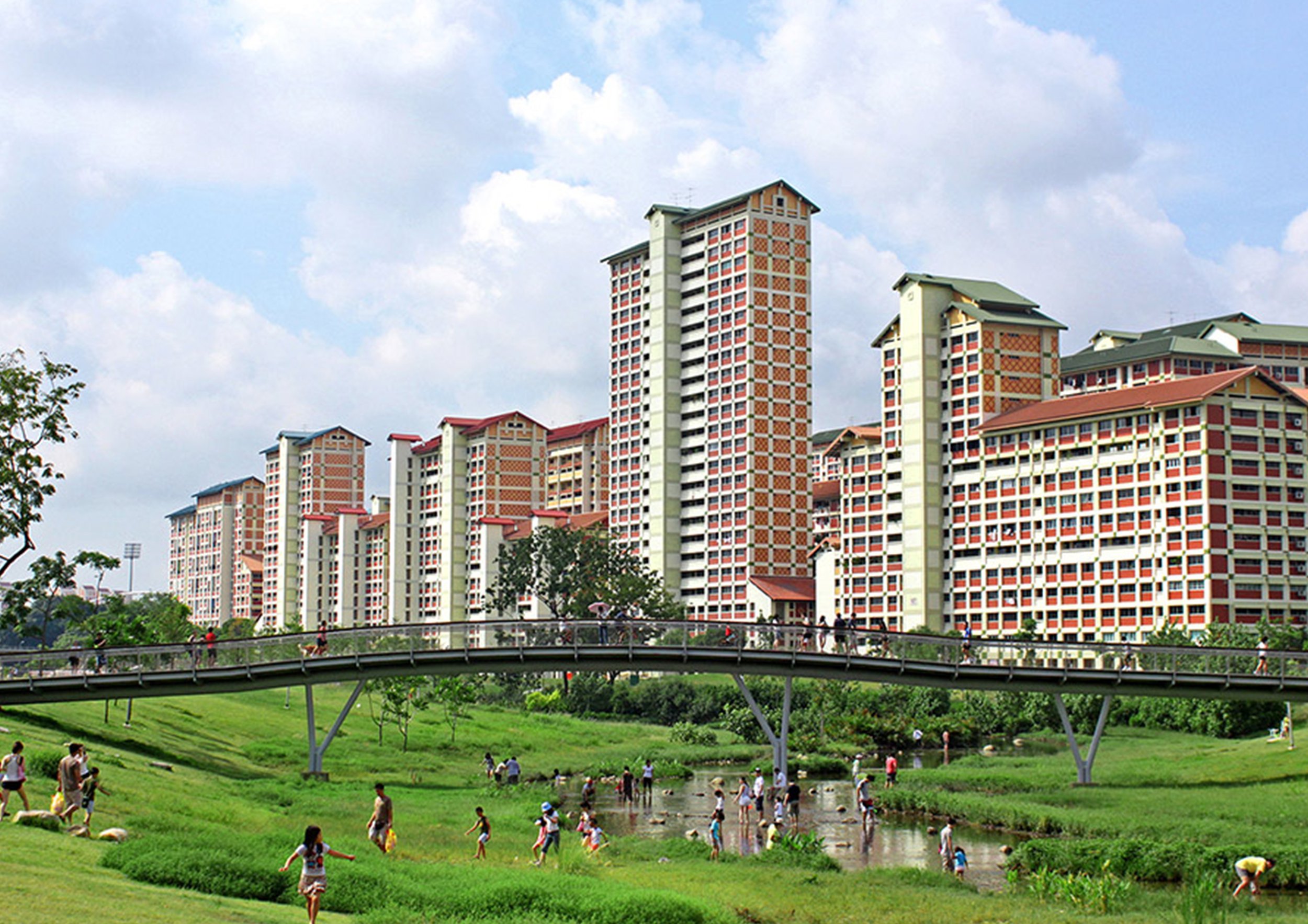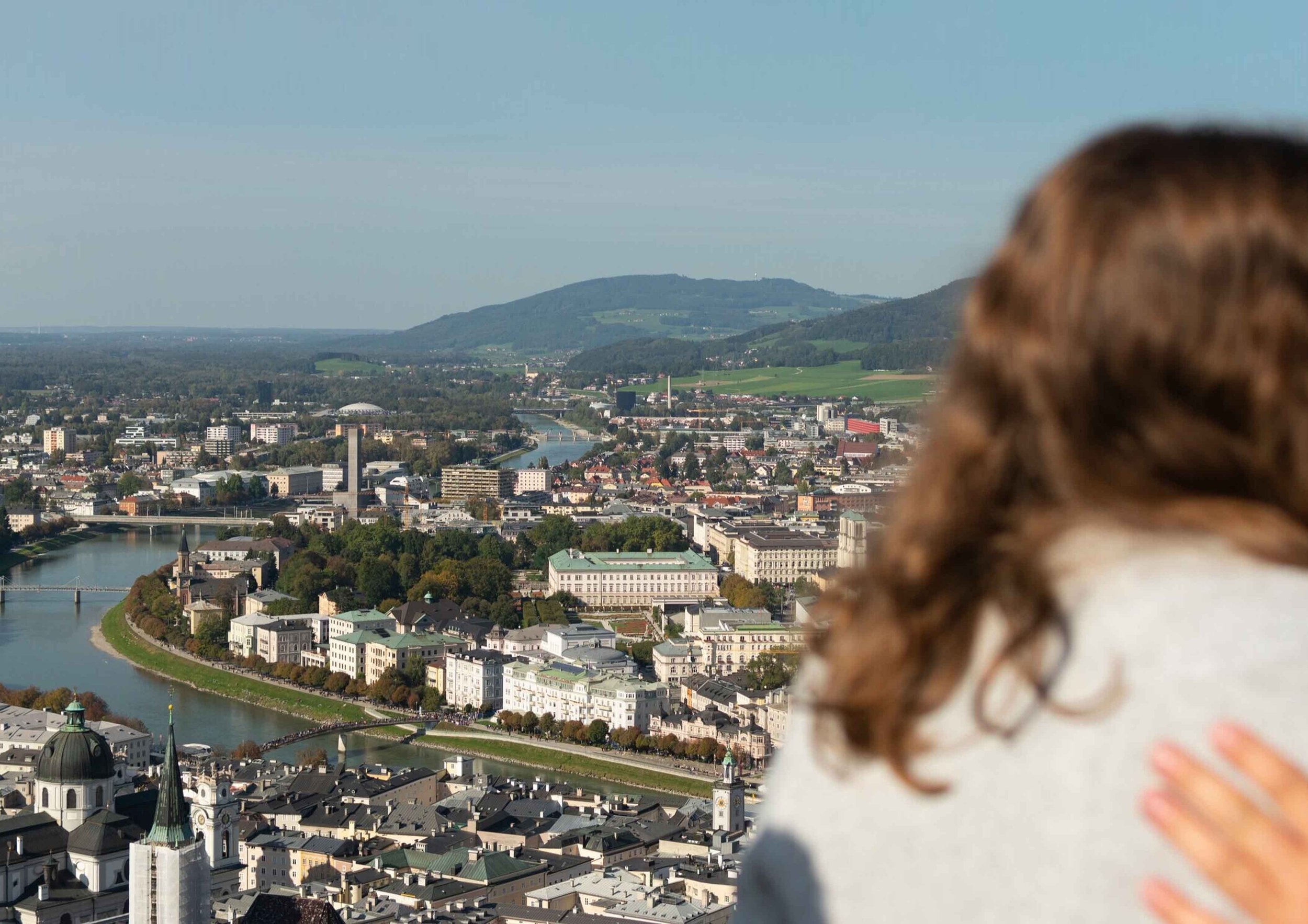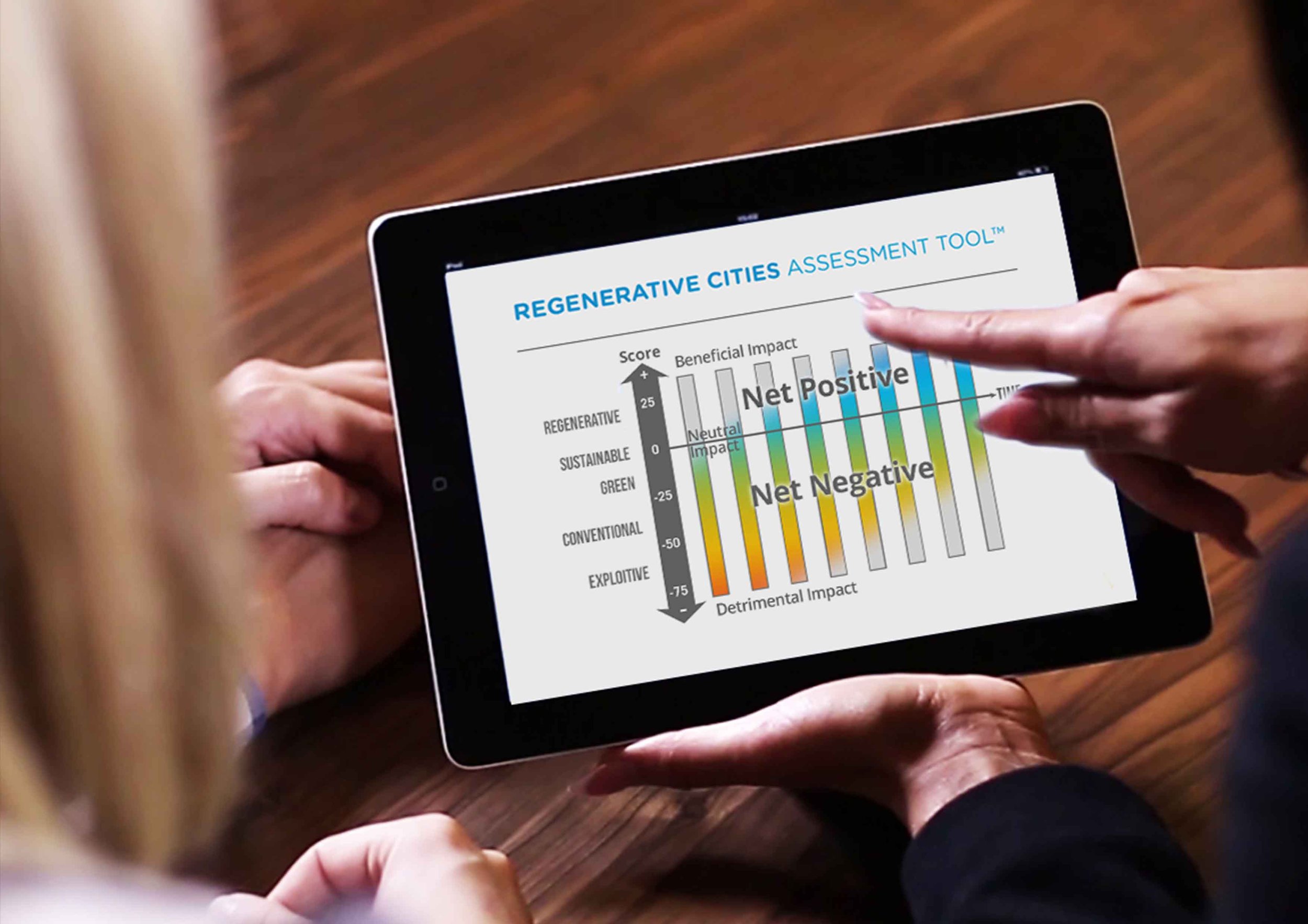
Together We Search For Practical Knowledge
BioRegio Außer-Haus
We firmly believe that the future of promoting healthy nutrition will primarily revolve around the use of organic and locally sourced products. The impact of numerous public kitchens in Baden-Württemberg is significant. Through their utilization of organic regional ingredients, they contribute to the advancement of organic agriculture, resulting in top-notch food quality, the enhancement of animal well-being, and the preservation of biodiversity. Moreover, it fosters soil health and its role as a carbon dioxide sink, along with efforts to minimize food wastage. All of these endeavors contribute to creating a more sustainable and desirable future in our Lake Constance region.
GZPK:
Biodynamic Plant Breeding
GZPK has been breeding biodynamic seeds for over 35 years. Their customers are mills and grain processing companies. Those who ultimately benefit most from this form of cultivation are us, humans, as end consumers; because these plants are produced from the beginning in a way that protects the soil and promotes biodiversity.
The GZPK regularly undergoes a development process in order to orient itself to the requirements of the future. We from DREISEITLconsulting had the joyful task to accompany this strategy process with the participation of the whole team and external experts.
⇀ GZPK
Rural-Urban Nutrient Partnership (RUN)
The research project RUN is a pilot project that aims at developing and implementing a concept for the regional circulation closure of recyclable materials from biowaste and domestic wastewater. Additionally, forming regional nutrient partnerships between urban residents and farmers.
We consult the project in the research phase which includes our expertise on water management and sustainable agriculture.
SOLOCLIM: Solutions for Outdoor Climate Adaptation
With rapid urbanization, cities are progressively falling short of sustaining outdoor life. The EU-funded SOLOCLIM project aims to develop a doctoral training program that enables young researchers to generate solutions for the urban outdoors. SOLOCLIM intends to develop such solutions at different scales, encompassing larger neighborhood and city scales, and testing their effects.
DREISEITLconsulting consult the project including the PhD work of the students in the area of landscape architecture with a strong focus on blue and green solutions.
Biofarming: Sustainability Beyond Organic Quality
Biodynamic agriculture is an advanced organic farming system that is gaining increased attention for its emphasis on food quality and soil health. This research explores the history and the current situation of farming in Germany, soil-based bio-farming concepts and technologies, and the organization and system of Germany´s bio-farming.
We provided recommendations to the Chinese Delegation Bluetown & Greentown Investors, China Design Centre on how they could promote biological farming and production actively and effectively in China.
Yes to Braunau!
The district becomes happy, resource-efficient, low-carbon - and remains economically successful. Together with the population and companies, we are developing a strategy for reducing CO2 in an entire region. The central questions of the project Ja-zu-Braunau!
We ran a workshop that discussed innovative ideas for reducing CO2 emissions and increasing well-being in the areas of economy, environment, education, and well-being, together with many stakeholders involved.
Cost Benefit Analysis of Bishan-Ang Mo Kio Park, Singapore
The main research question focuses on the redevelopment of Bishan-Ang Mo Kio Park and the introduction of how blue-green elements contribute to an increase in value. The main question is divided into a few sub-fields of research that aim at researching:
How does blue and green infrastructure in urban areas impact (both positive and negative) people and society?
How large and significant the impacts of blue and green infrastructure are?
If the impacts of blue-green infrastructures provide society with a positive business case?
Shaping Landscapes & Human Welfare, Singapore
Comparative Field Study of the Non-Material Effects of Blue-Green Integration in Singapore. A case study examining the effect of integrating Blue and Green Infrastructure (BGI) on different value dimensions.
Authors: Oliver D. Tovatt, Herbert Dreiseitl, Bettina Dreiseitl-Wanschura, 2015
Strengthening Blue-Green Infrastructure (BGI) in Our Cities
Usually, we think of a city as buildings, roads, concrete, asphalt, and all the other hard, grey elements. But what if the city has more than one layer? What if we define a city by looking at water and vegetation as well as elements that shape and improve human life? We call this BGI: Blue-Green Infrastructure – the essential layer in a liveable city.
PlanetYES
With an inter- and trans-disciplinary team of researchers, practitioners, and companies we are developing a model for the community of the 21st century, called PlanetYES.
PlanetYES stands for the sustainable and positive development of regions and cities: socially, ecologically, and economically.
Nature Based Solutions (NBS)
Blue-Green Infrastructure is one of our core areas of expertise and interest. More than 30 years of practical experience, blended with research helps us to consult cities on how to find the best solutions for the implementation of blue-green or nature-based solutions into grey environments. Currently, we are involved in NATURVATION, a Horizon 2020 project.
Naturvation Project
NATure-based URban innoVATION is a 4-year project, funded by the European Commission and involving 14 institutions across Europe in the fields of urban development, geography, innovation studies, and economics. We will seek to develop our understanding of what nature-based solutions can achieve in cities, examine how innovation can be fostered in this domain, and contribute to realizing the potential of nature-based solutions for responding to urban sustainability challenges by working with communities and stakeholders. (Bettina-Dreiseitl Wanschura, Consultant)
CcTalk!
The Federal Environment Agency examined in CcTalK! Together with PlanSinn and Dr. Torsten Grothmann, we explored how Communication on climate change adaptation must be designed to create awareness of the consequences of Climate change and so on. What are the needs for adjustment, the ability to act to improve those affected so appropriate adaptation measures for (personal) provision can be put to concrete action to motivate and acceptance for the adaptation measures of others to raise actors?
⇀ CcTalk!
StartClim 2013: Adaptation to climate change in Austria - "Water"
Suggestions for enhancing regional development and spatial planning in flood-prone areas: The imperative is to encourage a new "riparian culture" that focuses on reducing flood damage. The central question is: "How can we best harmonize our living environment with, rather than against, the river?" In doing so, we must consider all potential climate change scenarios. This shift in perspective and values could significantly contribute to promoting a more proactive and positive approach to river environment development. With the implementation of the EU Water Framework Directive, now is an opportune moment to view the river as an interconnected system deserving of the necessary space.
⇀ Adjustment recommendations for the Spatial and regional development in flood-prone areas
Regenerative Cities Assessment
Research on Assessment Tools for creating regenerative urban and rural areas is another field that we are investigating. Together with the team of Regensia/New York, we consult cities and regions on how to develop in a regenerative way.
⇀ Regensia
Products from European Forests in the Spotlight
“The overall objective of StarTree is to provide a holistic analysis of the European NWFP sector and its potential to support rural development for the benefit of SMEs, forest managers, and policymakers.”
To ensure targeted and efficient internal and external flow of information, designed to promote the interdisciplinary and trans-disciplinary dialogue between researchers and stakeholders – employing creative formats for knowledge exchange, advising on methods and processes, and providing made-to-measure guidelines for the involvement of stakeholders.

















